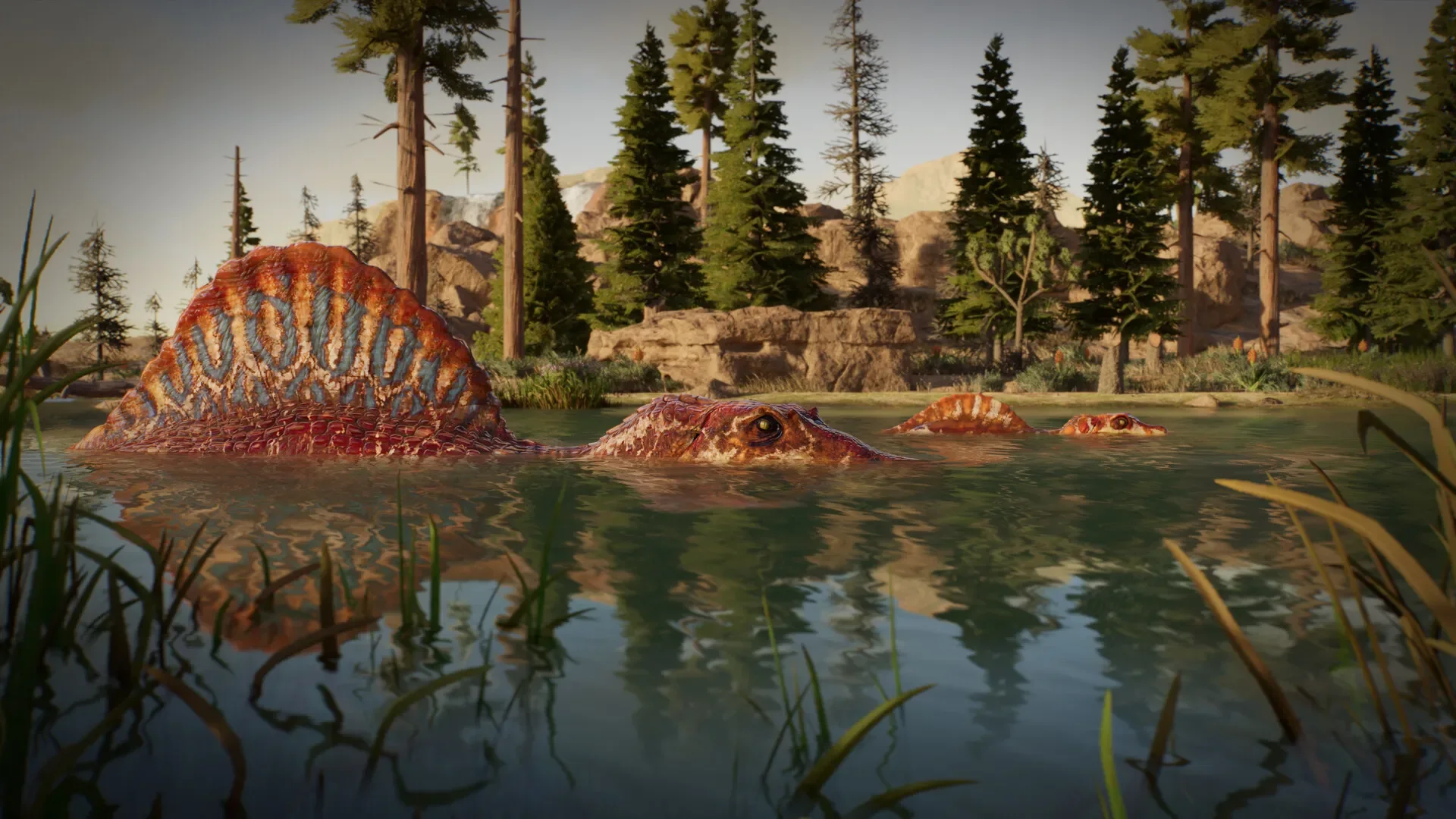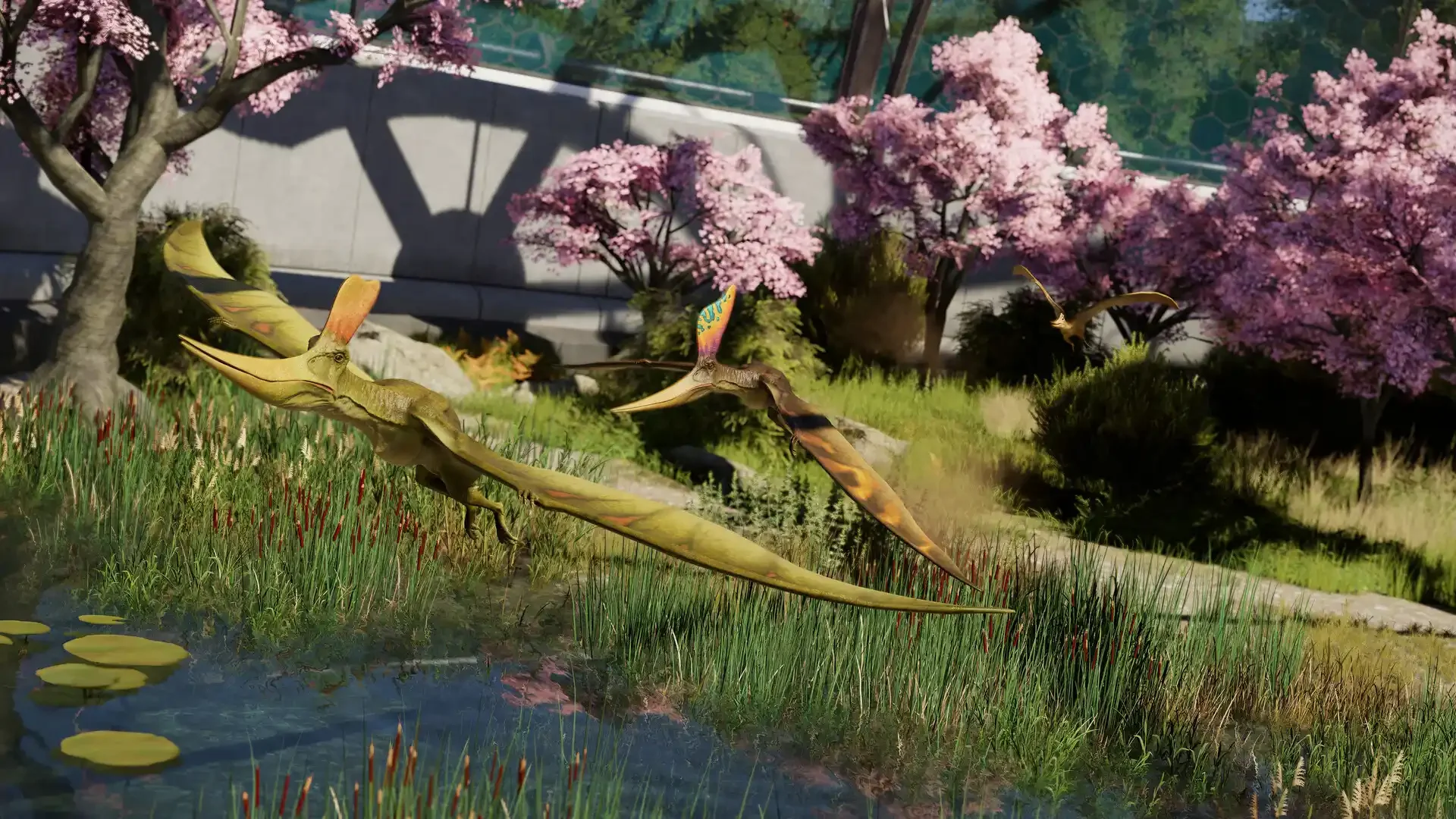Jurassic World Evolution 3 Beginner's Guide - Your First Steps to Not Getting Eaten (By Dinos or Bankruptcy)
So, you volunteered to manage theme parks filled with resurrected, often-hangry killing machines in Jurassic World Evolution 3. Bold move. Consider this your barely-adequate crash course in keeping the body count (and lawsuits) relatively low.
Managing these parks is less "fun day out" and more "frantic plate spinning over a raptor pit". You're juggling construction, diva dinosaurs with complex needs, and guests who seem determined to become snacks. For deeper dives, I've already bled for you writing a breeding guide and some general tips & tricks.
Getting Your Scaly Stars (Acquiring Dinosaurs)
No dinosaurs, no park. Simple. You've got two main ways to populate your prehistoric petting zoo.
First up is Synthesis via Hatchery. This is your clean, lab-coat method. Build the appropriate Hatchery (regular, Aviary, or Lagoon), hook it up to an enclosure and power, then staff it with Scientists. They'll use DNA fragments gathered from fossils – obtained via Expeditions – to cook up dinosaur eggs. More complete genomes mean more options for Genetic Modification later. It costs time and cash, naturally. Once synthesized, select viable eggs for incubation (more time, cash, Scientists), and then release the resulting adult dinos. You can airlift them to distant enclosures too.
Then there's Natural Breeding. For the first time, you can let your dinos handle reproduction themselves. Stick a compatible male and female together in an enclosure with suitable Nests, enough space, and if they're comfortable and fertile, bam, dino eggs might appear. Juveniles hatch right into the enclosure. Less control over traits, but it's automated if the conditions are right. Remember, you need males for this, unlike previous games.
Playing God (Genetic Modification)
When synthesizing dinos, you can mess with their genes, assuming you've researched the relevant modifications at the Science Centre. This lets you influence Traits – stuff like lifespan, disease resilience, appetite, or even aggression. Each dino has characteristics (Appetite, Sociability, Comfort, etc.) defined by its species, traits, and your meddling. Modifying genomes can increase the chances of positive traits or decrease negative ones, but some rare traits just pop up randomly. Higher genome progress unlocks more modification slots.
Dino Daycare (Caring for Your Dinosaurs)
Unhappy dinos break fences and eat guests. Bad for business. Keep an eye on their Environmental Needs (territory size, terrain types like forest/water/pasture) and Social Needs (population density, male/female ratio, cohabitation tolerance). Use the Environment Tools to terraform and plant appropriate stuff. Check their Cohabitation Preferences in the Territory panel before mixing species.
All this affects their Comfort Rating. If it drops too low, they'll try to escape or get sick. The Comfort panel usually tells you what's pissing them off.
Chow Time (Hunger Needs)
Herbivores mostly eat specific plants in their territory, so ensure their Environmental Needs are met using Palaeobotany foliage. Carnivores and Piscivores need appropriate Feeders kept stocked. Some dinos need live Prey (goats or other dinos) for their environmental satisfaction and will hunt them within their territory.
Terrible Twos, Prehistoric Edition (Juvenile Dinosaurs)
Baby dinos are new and needy. They have their own Social and Environmental Needs, sometimes differing from adults (e.g., needing adult females around). They share territory with adults, potentially causing cohabitation stress. Juveniles eventually mature, and their childhood comfort affects their adult appeal rating. Plan for the extra space they'll need as adults. Traits and appearances are inherited, sometimes with mutations. Be warned: parenting styles vary, some species might even attack their own young.
Code Red (Health and Injuries)
Your expensive assets will get sick or injured. Deal with it.
Diseases can arise from unmet needs, sandstorms, infected feeders, or just bad luck. Use the Mobile Veterinary Unit (MVU) to diagnose them. Cures might involve fixing their environment, researching medicine, or disinfecting feeders. Act fast, as some diseases spread.
Injuries happen from fights, failed escapes, etc. Minor ones might heal, but Major Injuries need the dino tranquilized and transported to the Palaeo-Medical Facility. Ignoring injuries can lead to complications or death.
Dinosaurs also die from starvation, dehydration, combat, old age, or being hunted. Use the Transport Tool to remove carcasses, especially diseased ones.
When Dinos Get Feisty (Aggressive Behaviours)
They're not theme park mascots; they're wild animals.
Hunting: Carnivores gonna carnivore. They'll hunt feeders or other dinos. Some need to hunt for comfort.
Dominance Fights: Dinos fight for Alpha status within their species or over territory. Dominance depends on stats, traits, and Infamy (earned via fighting, killing, escaping, terrorizing guests). High infamy = more fights. Low comfort or protecting young also causes brawls.
Intelligence: Smart dinos are appealing but dangerous escape risks. They'll actively look for ways out if they spot food/prey/guests outside.
Keeping the Lights On (Park Management 101)
Don't forget the basics I covered in the tips guide: Use Blueprints and Modular Building, Delegate tasks to your staff (Rangers, MVU, Capture Teams), prioritize Safety with cameras and strong fences, and constantly work to boost Park Appeal to make that sweet, sweet cash.
It's a chaotic, expensive, and often lethal job, but someone's gotta do it. Try not to become a cautionary tale mentioned in the next park manager's onboarding video. Good luck.

